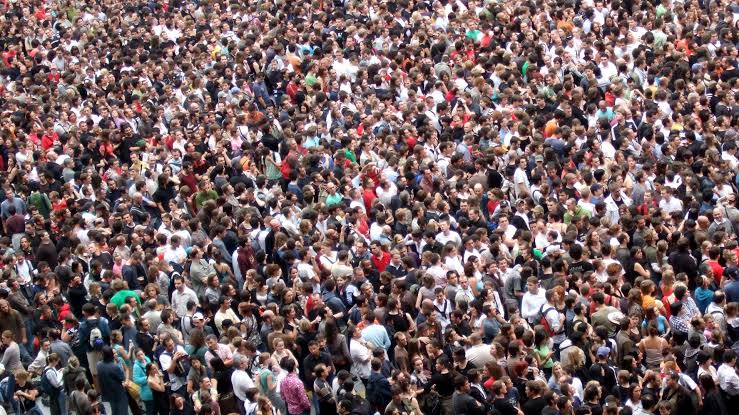The world’s population is projected to reach 8 billion people on Tuesday, according to the UN estimates, which consider this a milestone in human development.
The latest projections by the United Nations suggest that the global population could grow to around 8.5 billion in 2030, 9.7 billion in 2050 and 10.4 billion in 2100. The annual World Population Prospect report, released on Monday to coincide with World Population Day, also notes that the global population is growing at its slowest rate since 1950, having fallen to less that one per cent in 2020.
While it took the global population 12 years to grow from 7 to 8 billion, it will take approximately 15 years–until 2037– for it to reach 9 billion, a sign that the overall growth rate of the global population is slowing.
In 2022, the two most populous regions were both in Asia: Eastern and South-Eastern Asia with 2.3 billion people and Central and Southern Asia with 2.1 billion. China and India, with more than 1.4 billion each, accounted for most of the population in these two regions.
More than half of the projected increase in global population up to 2050 will be concentrated in just eight countries: Congo, Egypt, Ethiopia, India, Nigeria, Pakistan, the Philippines and Tanzania. Disparate growth rates among the world’s largest countries will re-order their ranking by size.

















